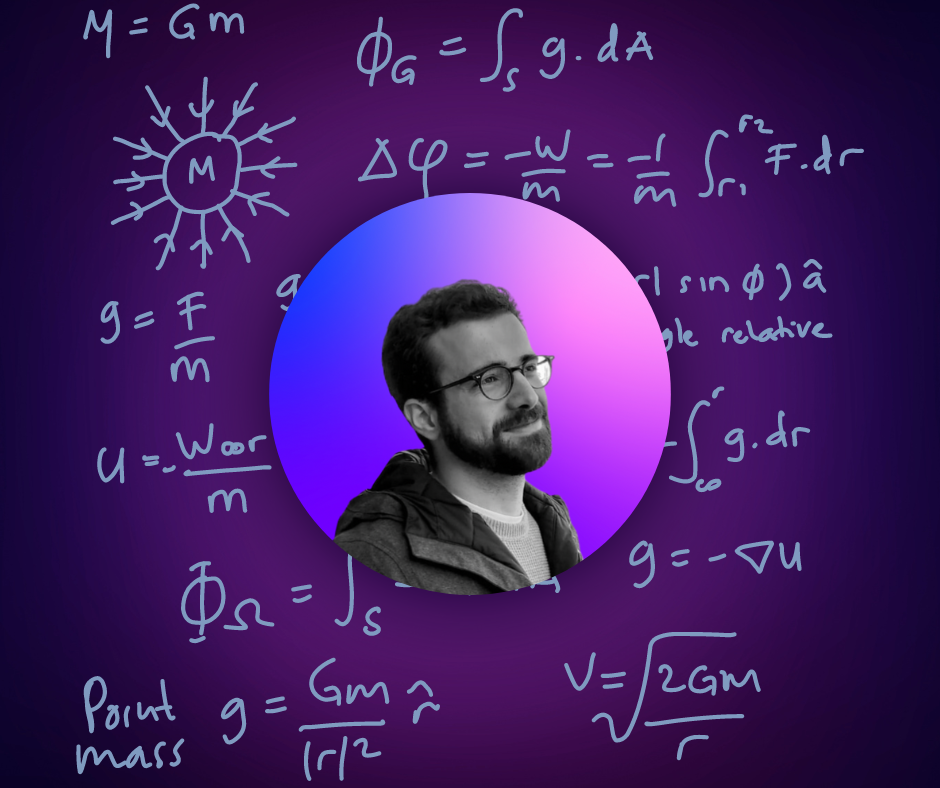Improve your players’ performance with AI
Utilise the new capabilities of AI to improve the performance of your sports' players...

The business of sport is changing. As the industry becomes increasingly more competitive, sports clubs are looking at how they can optimise athletes’ performance through technology. It used to be that even the best teams would rely on statistics and a handful of coaches with a deep knowledge of the game to advise players, rather than sports performance analysis.
Now, sports analytic departments are popping up in nearly all major professional sports companies. The ever-decreasing margins of error expected in the sports industry have made AI applications a necessity. It is so prevalent that AI for application in the sports industry has a predicted value of 19.2 billion dollars by 2030.
What is sports performance analysis?
Sports performance analysis is the study of skill, physical fitness, strategy, and tactics as they relate to modern sports. This analysis is conducted by human action recognition software. The main objective is to identify and maximise the talents of athletes. The analysis can then be used to design competitive strategies.
Sports like rugby and football are fast-paced and close contact, making them notoriously difficult to analyse. Fortunately, this fits right into the scope of AI. Computer vision can measure even the most complex metrics. The vast amount of footage available across every sport satisfies deep learning models.
While every video is slightly different, each sport adheres to a set of rules. This allows AI applications to sharpen their algorithms. Understanding a player’s performance requires assessing a predetermined set of game parameters during a live session. This is accomplished through player tracking, event recognition, and real-time ball tracking.
Computer vision and optical sensors provide coaches with actionable insights into how their athletes can improve performance and adapt to different playing conditions. Not only can AI be utilised to understand a team’s dynamics, but it can also be harnessed to break down the defence of their opponents. The ability to objectively analyse what players are doing could have a long-term impact on strategic decisions.
How does AI help athletes improve their performance?
With the advent of cutting-edge technology such as wearable monitors and player tracking systems, AI has the potential to transform a simple piece of equipment into a versatile tool. This tool can interpret data in real-time and predict performance with pinpoint accuracy.
Sensors collect information such as running speeds and the accuracy of players’ movements. The data gathered by these wearable devices are then analysed and fed into machine-learning algorithms to generate useful datasets.
AI also has the ability to provide both predictive and diagnostic functionalities. Such functions allow coaches and managers to monitor and manage the health, fitness, and safety of athletes. Health data also has the ability to inform players of their capabilities, strengths, and weaknesses.
Coaches can better prepare players with the help of video intelligence models and visual dashboards. This increases transparency for players by providing valuable insights into how to improve and track progress over time. With access to performance data, athlete performance can be optimised across every point of the game.
Gemmo: AI for sports video analysis
Computer vision is a champion of pushing the boundaries within cutting-edge sports analytics. The potential range of application is immense when detecting events solely from video. At Gemmo, we have algorithms in place for event detection, player tracking, and ball tracking for use in football, rugby, and Gaelic sports.
- Event Detection: Historically, events like goals, passes, and tackles are identified by human spectators. However, using Gemmo’s APIs (for team attribution and heat maps), these key events can be recognised and catalogued. Live event data can then be benchmarked against historical data and KPIs to analyse performance.
- Player Tracking: Gemmo’s team attribution API identifies and tracks teams from video data. The API can deliver insight-rich data on team performance overall. A box can be built around each player to trace their movements, to identify and track individual players. Utilising cameras and sensors teamed with our bespoke computer vision solutions, we can gather key statistics.
- Ball Tracking: Ball tracking is an essential part of event detection. Without the ability to track the ball, key events like goals can go missed. Using a camera and sensor system for detection, computer vision tracks key events, as well as the speed and velocity of the ball.
Final Thoughts
Finding patterns in motion and improving play has always been a struggle for both players and coaches. With the use of AI, these struggles become completely obtainable goals. It is possible now to not only mine immense amounts of game data, but also to use it to continually detect mistakes made during gameplay and improve sporting efforts overall.
Author: Johanna Walsh



